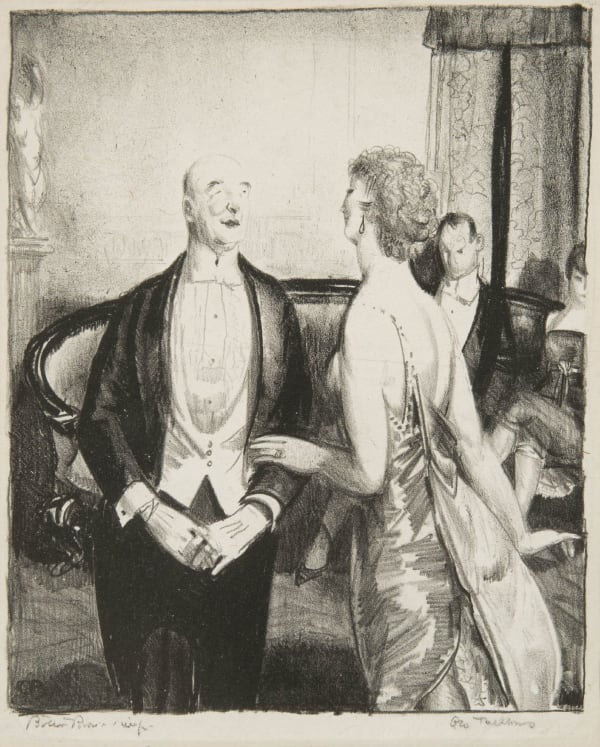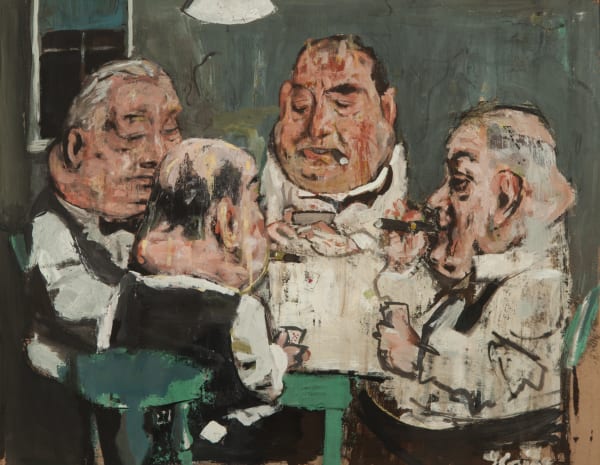George Bellows
Bellows' portrayal of boxing matches is arguably his signature contribution to art history. They are characterized by moody atmospheres, through which the bright brushstrokes of the human figures vividly strike with a keen sense of motion and direction.
In addition to painting, Bellows made significant contributions to lithography. Between 1921 and 1924 Bellows created more than one hundred images helping to expand the use of the medium as a fine art in America.
George Bellows is considered one of the most acclaimed American artists of his generation. In his later career he illustrated numerous books including several by H.G. Wells.






